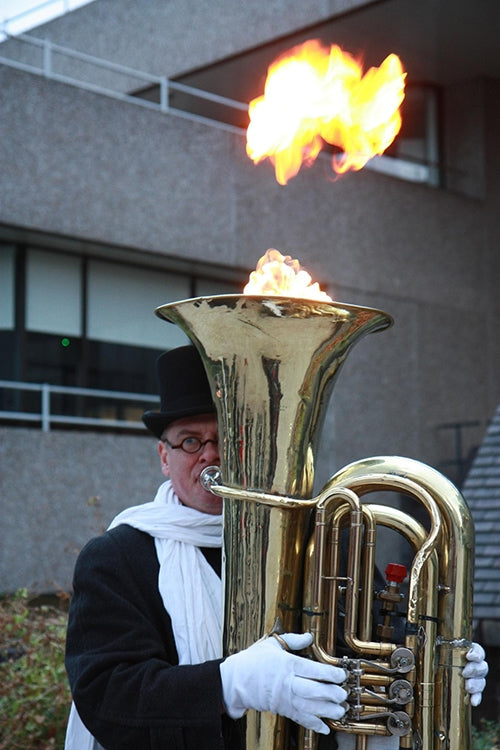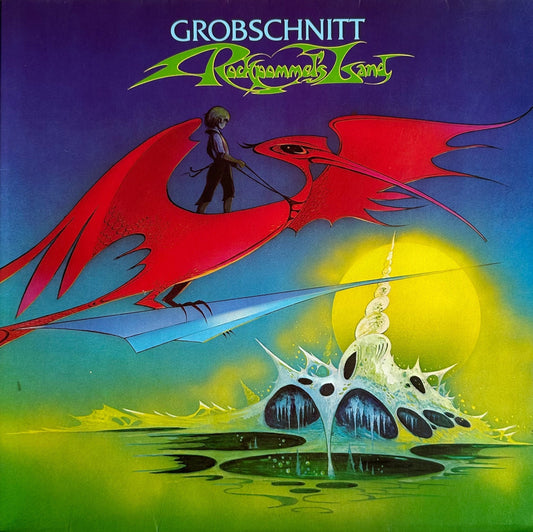Did you hear the one about violinist Joshua Bell?
During part of an experiment conducted by The Washington Post in 2007, the Grammy nominee and best-selling recording artist played his Stradivarius violin as an undercover busker (street performer) at a subway station in Washington, DC. Of the more than 1,000 people who passed by, only seven stopped to listen. He collected just $32.17 from 27 people and an additional $20 from one person who recognized him.
Not a very profitable day for the talented violinist. Yet performing in public places for tips is often the first step on the road to success. As one post on the technology and social engineering site Hacker News put it: “Well, obviously it doesn’t matter how expensive your violin is, or how good you are at your music genre – it’s about how popular the genre/tune is…how likable you are plus putting on a good entertaining show, with emphasis on the ‘show’ part, e.g., not subtle classical skills.”[1]
From subways to airports, from fairs to shopping malls, buskers entertain tourists and locals all over the world. In some cultures buskers are considered a living curiosity; in others, just plain weird. The most familiar buskers include jugglers, balloon twisters, living statues (performers who stand motionless for hours before changing their positions), one man bands, singers, violinists, saxophonists and guitarists, but there are many other types of street performers people find diverting or unusual as well.

Busking[2] dates back to ancient times when local performers were needed to entertain the public but weren’t paid for their efforts because of their low social status. By the 13th century itinerant minstrels were traveling from one place to another, and as late as the 16th century entertainers were still needed (and still not being paid) for events like weddings, processions and fairs. It’s likely they accepted gratuities anywhere they could find a crowd, or were chased away by local authorities…something that still describes street performers today.

Most performers agree that busking is hard work. Tips are unreliable, the weather is unpredictable, no one gets paid for a day off, and there can be conflicts with other buskers competing for places to perform. When busking goes badly it can be emotionally taxing if there are bills to be paid. It can present challenges like having to pay fines for breaking local laws, dealing with angry shopkeepers whose stores are being blocked by entertainers, enduring unpleasant encounters with the public and – according to some British buskers – having to confront “borderline psychopaths” who, if you show them the money, will steal it.
So why busk? Some people do it to make a living (busking can be profitable) or supplement their regular income. Others find the activity itself rewarding: they like not having to follow a daily routine, enjoy the spontaneous interaction with audiences, appreciate the ability to perform what and when they want to, and benefit from the gratuities that might include food, beverages or gifts besides money. For those pursuing a career in the performing arts busking is a way to gain experience and develop a following. It’s an opportunity to present themselves in front of groups that wouldn’t have discovered them otherwise, and to meet people who might be able to provide professional bookings and contacts.
Celebrities who started as buskers include guitar and blues player B.B. King (who performed on the streets of Mississippi), singer Rod Stewart (who sang with a folk singer named Wizz Jones on the streets of London), comedians Steve Martin (busking on the banjo) and Robin Williams (performing mime in front of New York’s Museum of Modern Art), singers Justin Bieber (in Stratford, Canada) and Janis Joplin (in Austin, Texas), and actor Pierce Brosnan (of James Bond and Remington Steele fame) who started as a fire eater.
Busking brings to mind a performer with an open guitar case or a hat to collect tips. But the picture is changing: Now that most people no longer carry cash, a small but growing number of street performers are taking advantage of technology to earn money and boost their reputations. For example, they utilize contactless services where tips can be left by tapping on a phone or employing a card reader. In an article written for The Conversation, Daniel Bacchieri points out that “digital platforms are powerful tools capable of transmitting local artists to global audiences…All the world’s a stage and buskers can make it big in a connected world….In the past two decades the audience for street performers has grown from dozens to millions thanks to sharing on social media like Facebook and Twitter…[on] digital platforms such as YouTube…and streaming services including Spotify.”[3]
Is leaving a tip electronically in the spirit of busking? Many street performers say they would miss the tradition as well as the sound of coins dropping. According to Charlotte Campbell, who rose to fame as a busker in London, “There is a romantic thing about dropping a coin into a hat. That’s what people think they’re going to miss….But if people don’t have cash any more…There are only two options here – we either don’t have buskers or we drop a coin into a hat in a different way. We have to romanticize the tap on the screens somehow.”[4]
Dr. Paul Simpson, a professor of human geography at the University of Plymouth (England) has researched street performers and been a busker himself. He states that he, too, is skeptical about electronic busking. Although there have always been attempts to legislate, regulate, organize and restrict busking, part of a busker’s value “is the informality, the novelty, the excitement, the potential for unpredictability that [a busker] can bring to urban life.” When Simpson was performing, the sound of a coin hitting a pile of change helped him get through the day: “If it was a chilly day…drizzle in the air, and you’d been [on the street] for hours, the sight of the coins inside your case gave you a sense of how you were doing. It was a material manifestation of appreciation. Because people don’t tend to clap or stop, it was the equivalent of a round of applause at the end of a song.” He wonders if the beep of a card machine would capture the same spirit in quite the same way.[5]
Whether accompanied by the sound of coins tossed into a hat or taps on a phone, buskers are performing their art just like they always have. Buskers are an important part of street life: They can bring people together, make dull places more exciting, and make people smile. Referring to music in particular, Bacchieri adds: “Street musicians are the producers of sidewalk melodies, the authors of the soundtrack of our cities. There is a unique interrelation between buskers and fans that occurs only in the streets, with no security staff, no VIP seats, or entrance fee.”[6]
_______
[1] “My Experience Busking in San Francisco,” Hacker News (June, 2016).
[2] The term busking was first noted in the English language around the mid-1860s in Great Britain. The verb to busk, from the word busker, comes from the Spanish root word buscar which means “to seek.”
[3] Daniel Bacchieri, “All the world’s a stage – buskers can make it big in a connected world,” The Conversation (March 8, 2020).
[4] Sam Wollaston, “Where the streets have no change: how buskers are surviving in cashless times,” The Guardian (Nov. 8, 2018).
[5] Ibid.
[6] Bacchieri, “All the world’s a stage — buskers can make it big in a connected world.”
Header image courtesy of Wikimedia Commons/Barney Moss.



